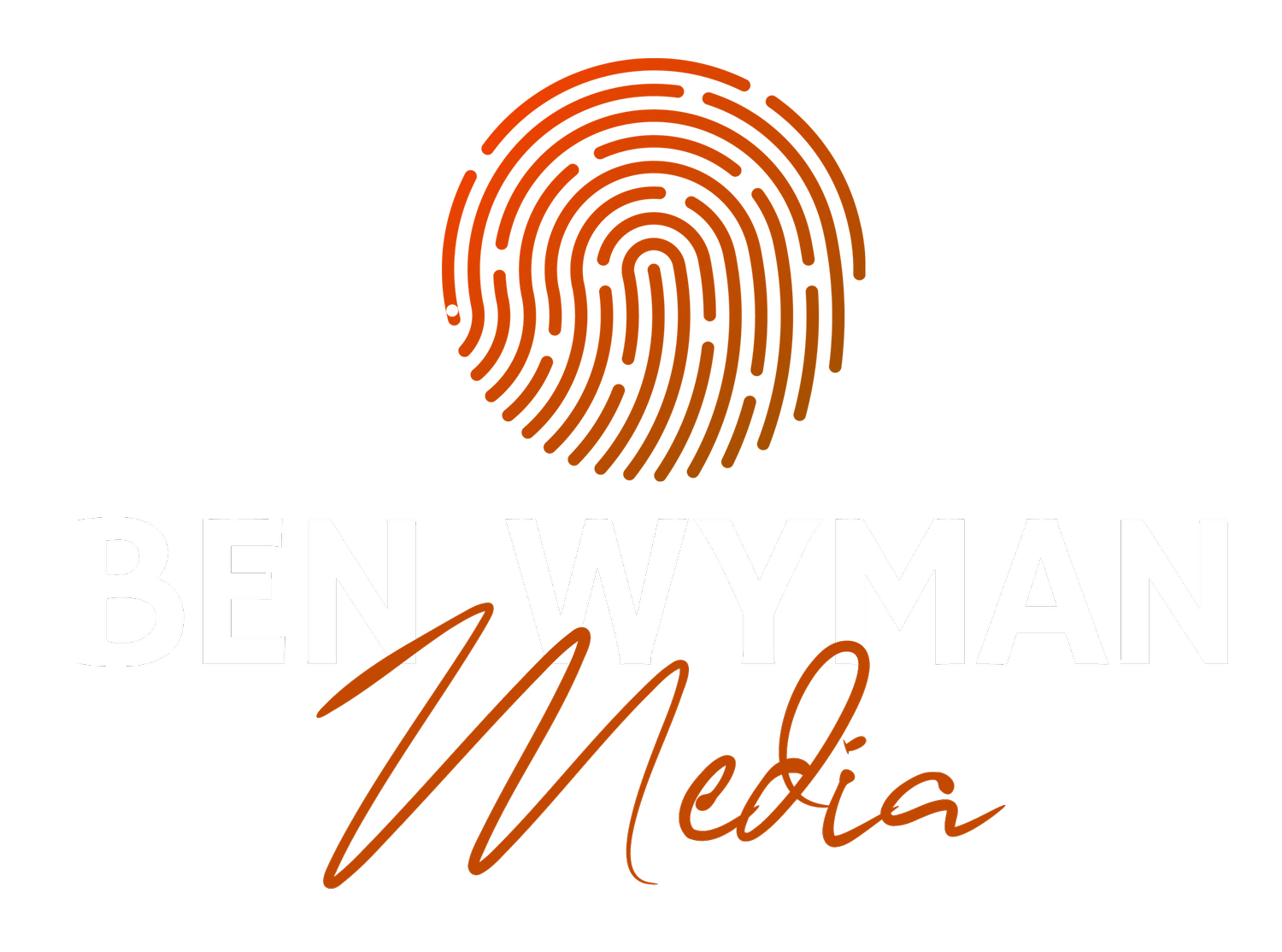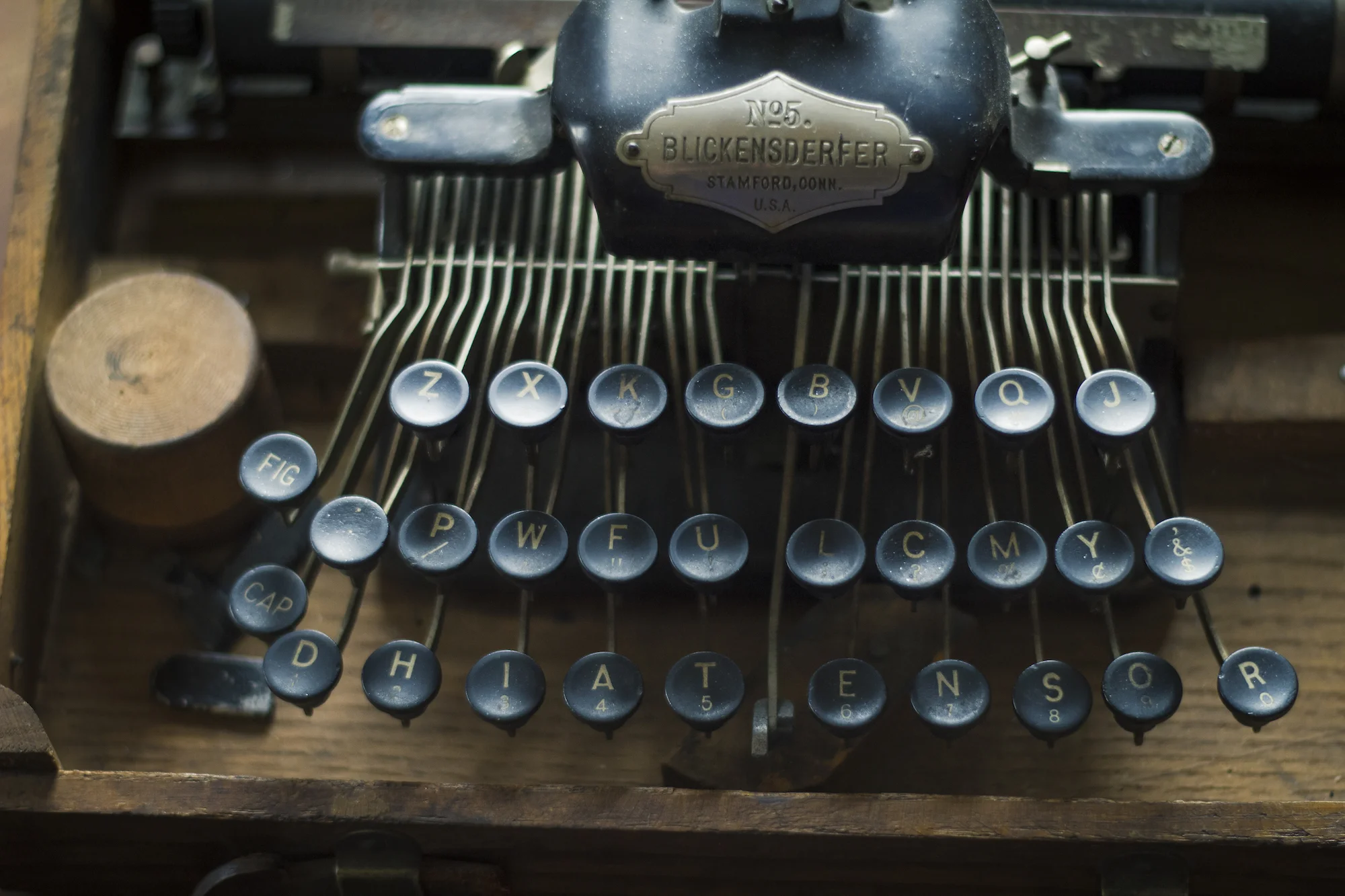 I’m not a Dreamworks Animation guy. Other than Pixar, and Disney films from their heyday, there’s very few children’s movies I’ll put myself through. I don’t like animals singing pop songs or cartoons getting kicked in the nuts or excessive fat jokes. Just not my thing.
I’m not a Dreamworks Animation guy. Other than Pixar, and Disney films from their heyday, there’s very few children’s movies I’ll put myself through. I don’t like animals singing pop songs or cartoons getting kicked in the nuts or excessive fat jokes. Just not my thing.
I understand that they’ve produced some perfectly acceptable movies, but I haven’t felt the need to bother with them, and after years of steering carefully around the Madagascars and Shark Tales and Shrek sequels and various films featuring the Dreamworks face, it took a heckuva lot of good reviews for me to decide to see this film. I’m glad I did.
This will be my third consecutive review of a children’s movie where I’ll use the word “maturity.” The reason is, there’s a growing divide in children’s movies these days between lowest-common-denominator jokes and movies with grown-up themes of longing and sadness and learning to grow up. This is the latter. At the end of this movie, one of the characters loses his leg. No offense to the classic Nickelodeon tunes, but we’re a long way from Wile E. Coyote popping back up out of a crater with a shrug at the camera after the TNT blows up. Movies like How To Train Your Dragon or Up combine the fantastic with the realistic, so that everything you see seems perfectly possible in a child’s world. I’d much rather have a kid see something like that than Mars Needs Moms.
How To Train Your Dragon seems less in the business of making lewd references that go over kids' heads, and more in the business of trying to spark the imagination. Y’know how the best part of Avatar was the part where he trained the dragon (fine, Avaturds, it's not a dragon, it's an ikran. Kill me) and then flew around on it for a while? Well, all of Dragon is like that scene. The animation is thrilling - the camera darts and flits around rocks and through caverns, making full use of 3-D (about time, moviemakers) – if someone had turned a fan on me during the movie, I think I would’ve really thought that I was flying (though I am prone to becoming disoriented in darkened spaces).
Dragon is fun, adventurous, well-told, and while occasionally a little dark, it’s mostly a light-hearted romp through that age-old story of tenuous dragon-viking relations (how many times have you seen that old chestnut trotted out?). It’s strong enough that I’d recommend it to anyone, regardless of whether you have progeny or not.





